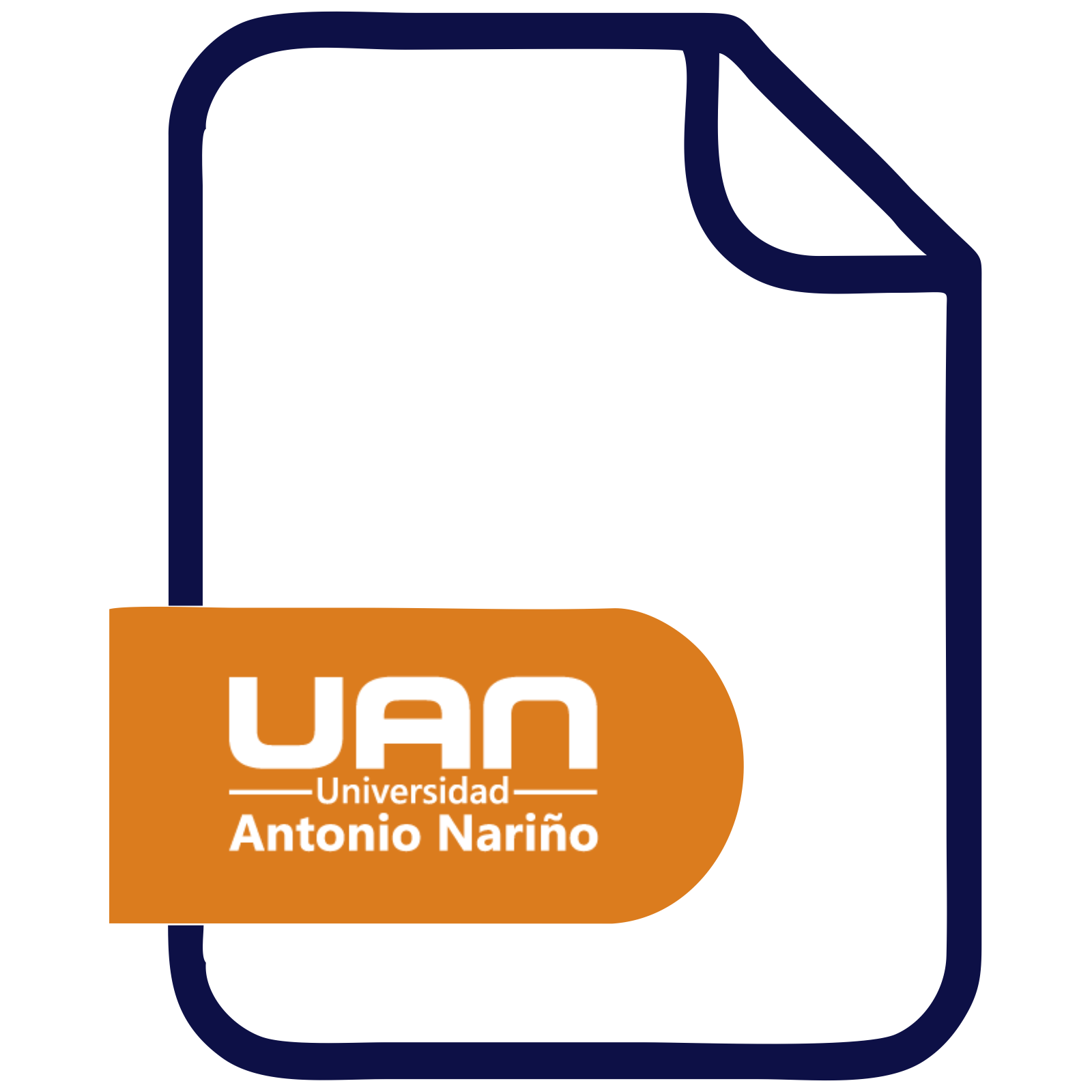Por favor, use este identificador para citar o enlazar este ítem:
http://repositorio.uan.edu.co/handle/123456789/8217> Repositorio UAN
Repositorio UANComunidades y ColeccionesTitulosMateriasAutoresFecha de publicacion
Mi CuentaAccederRegistro
Mi CuentaAccederRegistro
| Título : | Diseño y construcción de filtro funcional para filtrar las impurezas del agua cruda, con énfasis en los análisis físico-químicos para la calidad del agua |
| metadata.dc.creator: | Garzón Rivera, Yully Fernanda |
| metadata.dc.contributor.advisor: | Sierra Florez, Didier Camilo |
| Palabras clave : | Lechos filtrantes;Análisis físico químicos;Remoción;Tenso activos;Contaminantes |
| Resumen : | This project is focused on the design and construction of a filter for the gray water coming out of the washing machine,this scale prototype was designed with the help of a calculation memory where the output flow, the infiltration rate are specified. , volume, area, diameter, thickness of the filtering beds, etc. The filter was built with materials that met the cost-benefit proposed in the project, functionality and durability tests were carried out on the prototype, which endorsed its proper functioning. Once the proper functioning was confirmed, the tests were carried out on the filtering beds with different combinations and thicknesses of the materials; To obtain the percentages of removals given by the different tests carried out on the beds, some initial physicochemical analysis were carried out and after this activity, they yield different removal results, giving the combination of beds (Anthracite-Zeolite-Activated Carbon) as the most efficient. with a 79.6% removal of total contaminants and giving COD and surfactants (SAAM) as the contaminants with the highest individual removal with each of the proposed bed combinations. |
| metadata.dc.description.tableofcontents: | Este proyecto está orientado en el diseño y construcción de un filtro para las aguas grises que salen de la lavadora, este prototipo a escala se diseñó con ayuda de una memoria de cálculo en donde se especifica el caudal de salida, la tasa de infiltración, volumen, área, diámetro, espesor de los lechos filtrantes. Se construyó el filtro con materiales que cumplieran con el costo-beneficio planteado en el proyecto, se realizaron las pruebas de funcionalidad y durabilidad al prototipo las cuales avalaron el buen funcionamiento, una vez se avaló el buen funcionamiento se hicieron las pruebas a los lechos filtrantes con diferentes combinaciones y espesores de los materiales; Para sacar los porcentajes de remociones dados por las diferentes pruebas realizadas a los lechos se realizaron unos análisis fisicoquímicos iniciales y posteriores a esta actividad, arrojan diferentes resultados de remoción dando como la combinación de lechos (Antracita-Zeolita-Carbón Activado) como la más eficiente con un 79,6% de remoción de contaminantes totales y dando a la DQO y los tensoactivos (SAAM) como los contaminantes con mayor remoción individual con cada una de las combinaciones de lechos propuestas. |
| URI : | http://repositorio.uan.edu.co/handle/123456789/8217 |
| Editorial : | Universidad Antonio Nariño |
| metadata.dc.publisher.campus: | Bogotá - Sur |
| metadata.dc.publisher.faculty: | Facultad de Ingeniería Ambiental |
| metadata.dc.date.created: | 2023-05-31 |
| metadata.dc.rights.uri: | http://creativecommons.org/licenses/by-nc-nd/3.0/us/ |
| Aparece en las colecciones: | Ingeniería ambiental |
Ficheros en este ítem:
| Fichero | Tamaño | |
|---|---|---|
| 2023_YullyFernandaGarzónRivera_Autorización.pdf Restricted Access | 2.5 MB | Visualizar/Abrir Request a copy |
| 2023_YullyFernandaGarzónRivera_Acta.pdf Restricted Access | 127.3 kB | Visualizar/Abrir Request a copy |
| 2023_YullyFernandaGarzónRivera.pdf | 2.05 MB | Visualizar/Abrir |
Este ítem está sujeto a una licencia Creative Commons Licencia Creative Commons




